I have Auth0 configured with Social Connections > Microsoft Account.
This is linked through Client ID/secret to a Microsoft Azure Active Directory tenant in my Microsoft organisation, with an App Registration set to allow:
Accounts in any organizational directory (Any Azure AD directory - Multitenant) and personal Microsoft accounts (e.g. Skype, Xbox) All users with a work or school, or personal Microsoft account can use your application or API. This includes Office 365 subscribers.
When I log in through my app, I can authenticate successfully using my personal account eg. blah.blah@gmail.com
However, when I try to authenticate with my work account blah.blah@myawesomecompany.ai, which is managed with an Azure Active Directory, it fails with
"That Microsoft account doesn’t exist. Enter a different account or get a new one.":
I thought given the Microsoft settings it would allow it connect.
How can I make Auth0 allow Microsoft authentication with other company's existing Azure Active Directory?
Also - can I configure it to limit that feature to specific companies AAD eg. those I have specifically nominated?
Is there a way to configure this without having to upgrade to Auth0 Enterprise?




